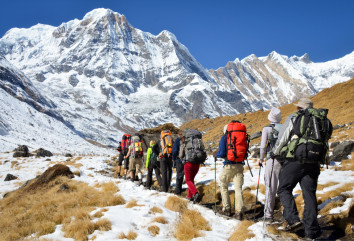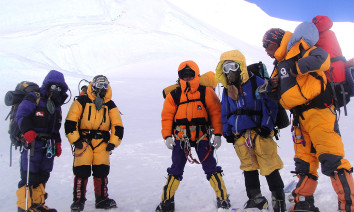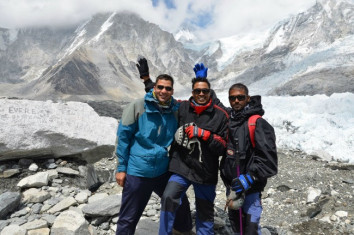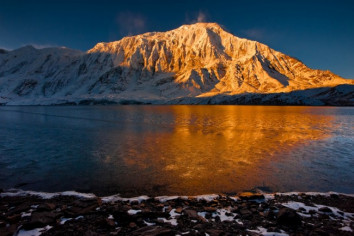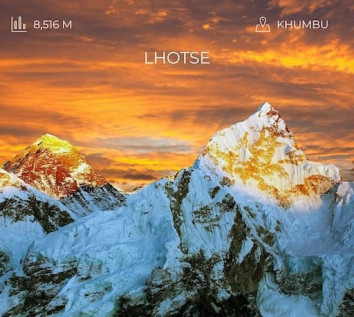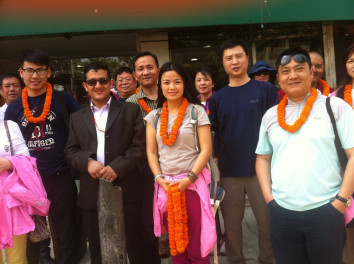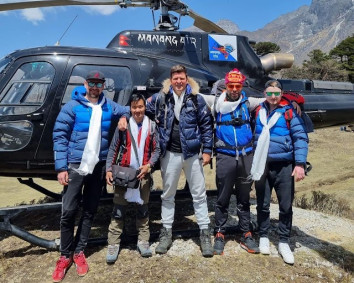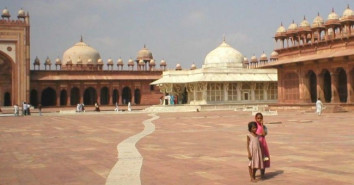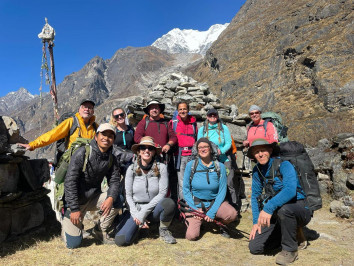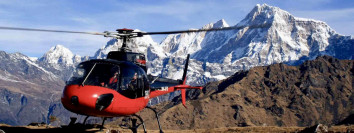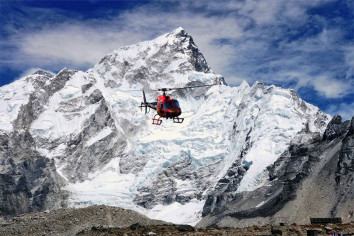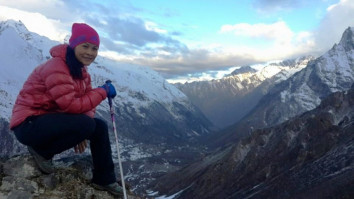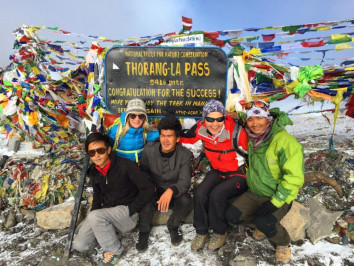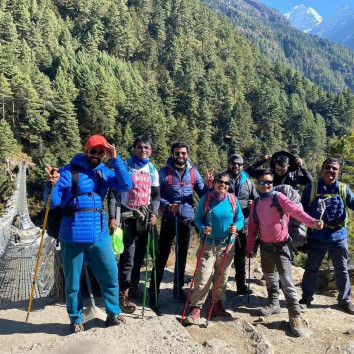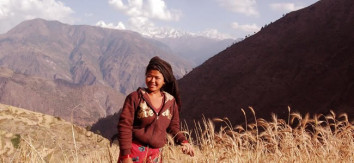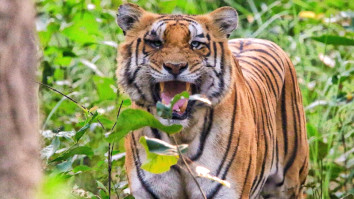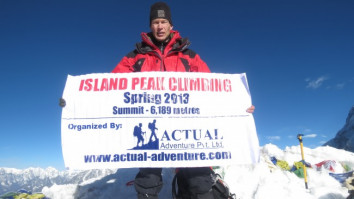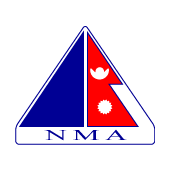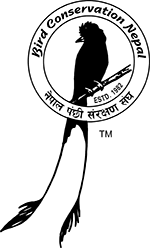16th Nov, 2023
Mountaineering and Expedition Complete Guide For Nepal and Tibet
Mountaineering and expeditions in Nepal and Tibet offer incredible opportunities to explore some of the world's highest peaks, including Mount Everest. Here's a complete guide to help you understand the process, requirements, and key considerations for mountaineering and expeditions in Nepal and Tibet:
Table of Contents
Choosing a Peak
Research and select a peak based on your experience, skill level, and objectives. Popular peaks in Nepal include Everest, Annapurna, Manaslu, and many more. In Tibet, peaks like Cho Oyu and Shishapangma are popular choices.
Climbing Permit and Fees for nepal mountaineering
the climbing permit and fees for mountaineering in Nepal vary based on the specific peak you plan to climb. The fees are subject to change, and it's essential to check with the relevant authorities or a reputable trekking agency for the most up-to-date information. Below is a general overview of climbing permits and fees in Nepal. Obtain the necessary permits and permissions from the respective authorities. In Nepal, you will need a climbing permit issued by the Ministry of Tourism. In Tibet, you must obtain climbing permits through a registered travel agency
Hiring a Local Agency
Hiring a local agency for mountaineering can offer numerous benefits, enhancing the overall experience and safety of the expedition. Here are several advantages:
Local Expertise:
Local agencies have in-depth knowledge of the region, including the terrain, weather patterns, and potential challenges. This local expertise can be invaluable in planning a successful expedition.
Cultural Understanding:
Local agencies are well-acquainted with the culture, customs, and traditions of the area. This understanding can enhance the overall experience, fostering respectful interactions with local communities.
Logistical Support:
Local agencies can provide comprehensive logistical support, including transportation, permits, and accommodations. Their familiarity with local infrastructure ensures a smoother expedition.
Experienced Guides:
Hiring a local agency often means having access to experienced local guides who are familiar with the specific peaks and routes. These guides can offer insights, navigate challenging terrain, and provide essential support.
Cost-Effective Solutions:
Local agencies often offer cost-effective solutions due to their established networks and relationships with local service providers. This can result in more affordable expedition packages.
Safety Measures:
Local agencies prioritize safety and are well-versed in managing potential risks associated with mountaineering. They are familiar with local emergency protocols, rescue operations, and can respond effectively to unforeseen circumstances.
Crisis Management:
In the event of an emergency, local agencies can mobilize quickly and efficiently due to their familiarity with local resources and contacts. This can be crucial for timely responses to medical emergencies or evacuation needs.
Cultural Immersion:
Local agencies can facilitate a more authentic cultural experience, allowing climbers to engage with local communities and gain a deeper understanding of the region's heritage.
Environmentally Responsible Practices:
Local agencies are often more invested in the sustainable and responsible management of natural resources. They can promote and adhere to environmentally friendly practices, minimizing the impact of the expedition on the ecosystem.
Flexibility and Customization:
Local agencies are typically more flexible and open to customization based on the climbers' preferences and needs. They can tailor the expedition to accommodate specific skill levels, interests, and objectives.
Community Contribution:
Supporting local agencies contributes to the local economy, empowering communities in the region. This approach fosters a positive relationship between climbers and the local population.
Efficient Communication:
Language barriers are often minimized when working with a local agency that has a team fluent in the local language. This facilitates effective communication and ensures clear understanding between climbers and guides.
Engage a reputable local agency or operator with experience in mountaineering and expeditions. They will assist you with logistics, permits, equipment, guides, and other essential services.
Fitness and Training
Prioritize physical fitness and undertake appropriate training for high-altitude mountaineering. Consult with a professional trainer to create a suitable training plan that includes cardiovascular fitness, strength training, and altitude acclimatization.
Gear and Equipment:
Prepare and bring the necessary mountaineering equipment, including clothing, boots, harness, ice axe, crampons, ropes, helmets, and camping gear. Ensure all your gear is in good condition and suitable for the specific peak and conditions.
Experienced Guides and Sherpas
Consider hiring experienced guides and Sherpas who are familiar with the region and have a good track record. They will provide guidance, support, and help with logistics during the expedition.
Climbing Seasons
Nepal's climbing seasons are primarily during spring (April-May) and autumn (September-October), offering the best weather and climbing conditions. In Tibet, the main climbing season is in spring (April-May).
Acclimatization
Adequate acclimatization is crucial for climbing at high altitudes. Plan your itinerary to include gradual ascents, rest days, and time for acclimatization. Listen to your body and be aware of altitude-related symptoms.
Safety and Rescue
Understand the risks involved in mountaineering and expeditions. Follow safety protocols, including proper rope techniques, weather monitoring, and emergency communication. Familiarize yourself with rescue procedures and insurance coverage.
Environmental Considerations
Respect the local environment and follow the principles of Leave No Trace. Minimize your impact, pack out all waste, and be mindful of the fragile ecosystems in the mountains.
Cultural Sensitivity
Respect the local culture, customs, and traditions of the regions you visit. Interact with local communities in a respectful and responsible manner.
Weather and Route Conditions
Stay updated on weather conditions and route information. Monitor forecasts and consult with experienced climbers, guides, or local authorities for the latest updates.
Remember that mountaineering and expeditions in Nepal and Tibet can be physically and mentally demanding. Proper preparation, training, and adherence to safety guidelines are essential for a successful and safe experience. Always prioritize your well-being and make informed decisions based on the conditions and your abilities.
Popular 6000 m Above Peak And Mountain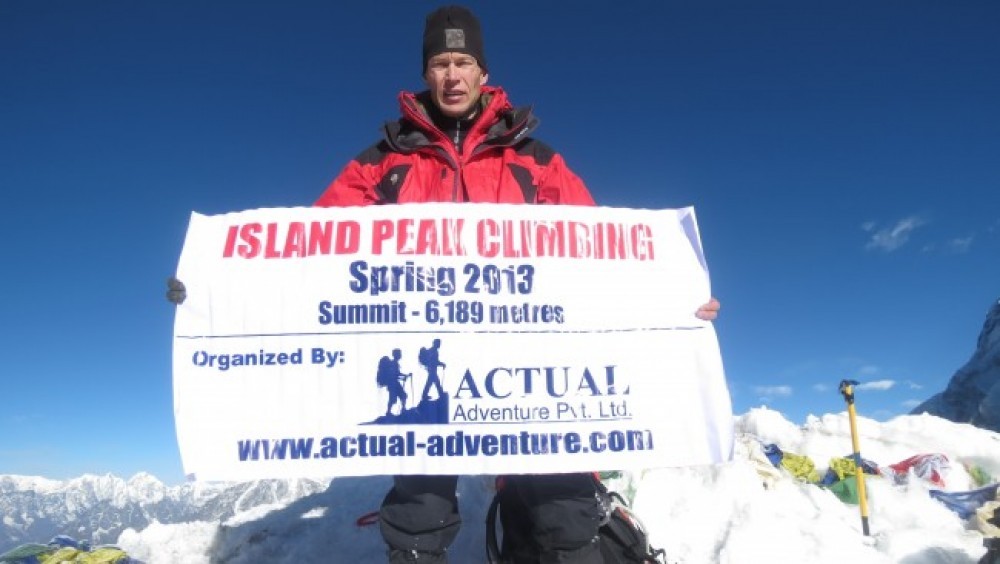
There are several popular peaks and mountains in the world that stand at an elevation of 6,000 meters or above. Here are a few notable ones:
Aconcagua (6,960 meters)
Located in the Andes mountain range in Argentina, Aconcagua is the highest mountain in the Americas and the highest peak outside of the Himalayas. It attracts mountaineers from around the world due to its prominence and accessibility.
Denali (6,190 meters)
Formerly known as Mount McKinley, Denali is the highest peak in North America. It is located in Alaska, United States, and offers challenging mountaineering routes for experienced climbers.
Kilimanjaro (5,895 meters)
Mount Kilimanjaro is the highest peak in Africa and one of the most famous trekking destinations in the world. Located in Tanzania, it is a popular choice for trekkers due to its non-technical ascent and stunning landscapes.
Elbrus (5,642 meters)
Mount Elbrus is the highest peak in Europe and is situated in the Caucasus Mountains in Russia. It attracts climbers and mountaineers seeking to conquer the highest point on the European continent.
Cho Oyu (8,201 meters)
Cho Oyu is the sixth-highest mountain in the world and is located on the Nepal-China border. It is considered one of the more accessible 8,000-meter peaks, making it a popular choice for mountaineers aiming to climb an 8,000-meter peak without as many technical difficulties as others.
Manaslu (8,163 meters)
Manaslu is the eighth-highest mountain globally and is situated in the Mansiri Himal range of Nepal. It is renowned for its challenging routes and breathtaking beauty, attracting experienced climbers looking for a less crowded alternative to Everest.
These are just a few examples of popular peaks and mountains that reach or exceed 6,000 meters in elevation. Each mountain presents unique challenges and rewards, and it's important to thoroughly research and prepare for any high-altitude ascent, considering factors such as acclimatization, technical skills, and safety precautions.
Which of these mountains is Considered the Most Challenging to Climb?
Among the mountains listed, the most challenging to climb is generally considered to be K2 (8,611 meters), which is not included in the original list of 6,000-meter peaks. K2 is the second-highest mountain in the world and is located in the Karakoram range on the Pakistan-China border. It is renowned for its treacherous weather conditions, steep slopes, and technical difficulties, earning it the nickname "Savage Mountain." K2 has a high fatality rate and a significantly lower summit success rate compared to Mount Everest. It is considered one of the ultimate mountaineering challenges and attracts highly skilled and experienced climbers.
What are some other challenging mountains that are not included in the original list of 6,000-meter peaks?
Certainly! Here are a few additional challenging mountains that are not included in the original list of 6,000-meter peaks:
Kanchenjunga (8,586 meters)
Located on the Nepal-India border, Kanchenjunga is the third-highest mountain in the world. It presents a significant mountaineering challenge due to its remote location, unpredictable weather, and technical difficulties. The mountain has a reputation for being challenging and demanding, with a lower summit success rate compared to other 8,000-meter peaks.
Nanga Parbat (8,126 meters)
Known as the "Killer Mountain," Nanga Parbat is the ninth-highest mountain globally and is located in the Gilgit-Baltistan region of Pakistan. It is notorious for its steep slopes, unpredictable weather, and avalanche-prone areas. Nanga Parbat has a history of challenging and tragic expeditions, contributing to its reputation as one of the most difficult mountains to climb.
Annapurna (8,091 meters)
Annapurna is the tenth-highest mountain in the world and is situated in the Annapurna massif of Nepal. It is known for its technical difficulties, extreme weather conditions, and high fatality rate. The mountain has steep and exposed sections, including the treacherous South Face, which is considered one of the most challenging routes in the Himalayas.
Makalu (8,485 meters)
Makalu is the fifth-highest mountain globally and is located on the Nepal-China border. It is characterized by its steep pyramid shape and challenging climbing routes. Makalu presents technical climbing challenges, including icy slopes, exposed ridges, and unpredictable weather conditions. It requires mountaineers to have significant experience and technical skills.
Kangchenjunga (8,586 meters)
Kanchenjunga is the third-highest mountain in the world and is situated on the Nepal-India border. It is known for its remote location, complex terrain, and unpredictable weather. The mountain's climbing routes involve technical difficulties, high altitude, and a lengthy approach, making it a formidable challenge for mountaineers.
These mountains, along with K2, are renowned for their technical difficulties, extreme weather conditions, and demanding climbing routes. They require a high level of mountaineering experience, physical fitness, and technical skills to attempt.
Climbing Equipment List for Nepal and Tibet
| Category | Equipment | Description |
|---|---|---|
| Clothing | Base Layers | Moisture-wicking, breathable layers for temperature regulation. |
| Insulating Layers | Down or synthetic jackets for warmth in cold conditions. | |
| Shell Layers | Waterproof and windproof jackets and pants. | |
| Headwear | Hat, balaclava, and neck gaiter for head protection. | |
| Footwear | Trekking Boots | Sturdy, waterproof boots with good ankle support. |
| Crampon-compatible Boots | Boots suitable for attaching crampons for icy conditions. | |
| Socks | Moisture-wicking and warm socks for various conditions. | |
| Climbing Gear | Helmet | Protective headgear for safety during climbing. |
| Ice Axe | Essential tool for ice climbing and self-arrest. |
Climbing Rules of Mountaineering in nepal
mountaineering rules and regulations in Nepal are subject to change, and it's crucial to verify the latest information from the relevant authorities or agencies. However, I can provide you with a general overview of climbing rules in Nepal based on common practices and regulations up to my last update:
Obtaining Permits
Climbers are required to obtain climbing permits for the specific peaks they intend to climb.
Permits are issued by the Department of Tourism (DoT) in Nepal for most peaks, while some peaks may require additional permits from other authorities.
Liaison Officer
For certain peaks, climbers are required to have a government-appointed Liaison Officer accompany them during the expedition. The Liaison Officer ensures compliance with rules and regulations.
Minimum Group Size
Some peaks in Nepal have a minimum group size requirement, and climbers may need to be part of an organized expedition with a specified number of members.
Climbing Seasons
Climbing in Nepal is generally permitted during specific seasons to ensure safety and minimize environmental impact. The primary climbing seasons are spring (April-May) and autumn (September-October).
peak climbing seasons for popular mountains in Nepal. However, keep in mind that these are general guidelines, and conditions may vary each year. It's crucial to check with local authorities and experienced guides for the most accurate and up-to-date information. Here's a sample table:
Insurance
Climbers are typically required to have comprehensive insurance that covers high-altitude mountaineering and potential rescue operations.
Training and Experience
Climbers are expected to have a certain level of mountaineering experience and training, especially for higher peaks. This may include previous high-altitude climbing experience and technical skills.
Respect for Local Culture
Climbers are expected to respect local customs, traditions, and the environment. This includes following the principles of Leave No Trace and minimizing their impact on the local ecosystem.
Safety Measures
Climbers are required to follow safety protocols, including proper rope techniques, acclimatization schedules, and adherence to guidelines set by the expedition leader and authorities.
Emergency Protocols
Climbers should be familiar with emergency procedures, including communication with authorities, rescue operations, and evacuation plans.It's crucial to note that these rules can vary based on the specific peak, and new regulations may be implemented. Climbers are advised to check with the Department of Tourism in Nepal and relevant agencies for the latest and most accurate information before planning any mountaineering expedition.
Mountain Peak Climbing Season
he climbing season for mountain peaks in Nepal varies depending on the specific peak. Here are the general seasons for some popular peaks:
Spring Season (March to May):
This is the primary climbing season for most peaks, including Mount Everest. The weather is relatively stable, with milder temperatures and lower wind speeds. Spring is considered the best time for high-altitude expeditions in the Himalayas.
Autumn Season (September to November)
Another popular climbing season, especially for peaks like Everest and other 8,000-meter peaks.
The weather is stable during this time, with clear skies and good visibility.Winter Season (December to February): Winter is generally not the preferred season for climbing, as the temperatures are extremely cold, and the weather can be harsh.Some lower-altitude trekking peaks might be climbed during the winter, but it's less common for the major peaks.
Monsoon Season (June to August)
The monsoon season brings heavy rainfall and is not suitable for climbing in the higher elevations. Trekking and climbing activities are limited during this time due to poor visibility, slippery trails, and the risk of avalanches.It's important to note that these are general guidelines, and the specific climbing season can vary based on the peak, route, and weather conditions. Climbers and trekkers should always check with local authorities, guide companies, and weather forecasts for the most accurate and up-to-date information before planning their expeditions. Additionally, permits are required for climbing certain peaks, and these may have specific seasons as well.
Environment and Clean-Up Deposit
Climbers are often required to submit a refundable garbage deposit, which is refunded upon the successful completion of the expedition and the removal of all waste.
Popular 20 Trekking Peak in Nepal list as per altitude
here is a list of popular trekking peaks in Nepal, arranged by their altitude:
"Exploring Nepal's Majestic Peaks: A Guide to 20 Adventurous Summits"
Nepal, nestled in the heart of the Himalayas, is a paradise for mountaineers and trekkers seeking awe-inspiring landscapes and challenging ascents. Among the plethora of towering peaks that adorn this enchanting country, a collection of lesser-known gems offers adventurers a unique and exhilarating experience. Let's embark on a journey to discover 20 remarkable peaks, each with its own distinctive charm and difficulty level.
Mera Peak (6,476 meters / 21,247 feet)
Often considered Nepal's highest trekking peak, Mera Peak offers a spectacular vantage point for observing five of the world's 14 highest peaks. Its diverse terrain, including pristine forests and high-altitude glaciers, makes it a favorite among trekkers and climbers alike.
Island Peak (Imja Tse) (6,189 meters / 20,305 feet)
Towering above the Chhukung Valley, Island Peak provides stunning panoramic views of Ama Dablam and Lhotse. Its challenging climb, including a steep ice wall, adds an element of technical difficulty, making it a sought-after destination for climbers.
Lobuche East (6,119 meters / 20,075 feet)
Offering breathtaking views of Everest, Lhotse, and Nuptse, Lobuche East is a challenging climb that combines technical rock and ice sections. The ascent rewards climbers with an unforgettable panorama of some of the world's highest peaks.
Pisang Peak (6,091 meters / 19,983 feet):
Nestled in the Annapurna region, Pisang Peak boasts a striking pyramid shape. The climb takes you through charming villages and diverse landscapes, providing a taste of both trekking and mountaineering adventures.
Chulu East (6,584 meters / 21,601 feet):
One of the highest trekking peaks in the Annapurna region, Chulu East demands both technical expertise and physical endurance. The climb offers stunning views of the Annapurna and Dhaulagiri ranges.
Chulu West (6,419 meters / 21,055 feet):
Adjacent to Chulu East, Chulu West presents a formidable challenge with a steep ascent and a rewarding summit panorama. Climbers are treated to unparalleled views of the Manang Valley and surrounding peaks.
Nirekha (6,159 meters / 20,207 feet):
Tucked away in the Langtang region, Nirekha Peak offers a relatively untouched and serene climbing experience. The journey to the summit includes traversing high alpine meadows and glaciers.
Kongma Tse (Mehra Peak) (5,820 meters / 19,094 feet):
Located in the Khumbu region, Kongma Tse is an attractive option for climbers looking to acclimatize before tackling higher peaks. The summit provides stunning views of the Everest and Makalu ranges.
Tharpu Chuli (Tent Peak) (5,663 meters / 18,580 feet)
Nestled in the Annapurna Sanctuary, Tharpu Chuli offers a relatively straightforward climb with stunning views of the iconic Machapuchare. The ascent combines alpine climbing with a trek through lush rhododendron forests.
Singu Chuli (Fluted Peak) (6,501 meters / 21,329 feet)
Hiunchuli (6,441 meters / 21,132 feet)
Location: Situated in the Annapurna region, Hiunchuli is part of the Annapurna Himal range.
Climbing Difficulty: Considered a challenging climb, Hiunchuli offers a mix of technical rock and ice sections, making it suitable for experienced climbers.
Highlights: The summit provides breathtaking views of the Annapurna Massif, including Annapurna South and Annapurna I.
Langshisa Ri (6,427 meters / 21,086 feet)
Location: Located in the Langtang region, Langshisa Ri is part of the Jugal Himal range.
Climbing Difficulty: Langshisa Ri is known for its challenging ascent, involving steep snow and ice slopes, as well as technical rock sections. Highlights: The summit offers panoramic views of the Langtang Lirung, Langshisa Ri Glacier, and the surrounding peaks.
Kusum Kanguru (6,367 meters / 20,889 feet)
Location: Situated in the Khumbu region, Kusum Kanguru is part of the Mahalangur range.Climbing Difficulty: Regarded as a technically demanding climb, Kusum Kanguru presents challenges such as ice climbing and rock scrambling. Highlights: The summit provides stunning views of the Khumbu region, including Everest, Lhotse, and Makalu.
Cholatse (6,440 meters / 21,129 feet)
Location: Located in the Khumbu region, Cholatse is part of the Mahalangur range.
Climbing Difficulty: Cholatse is known for its technical difficulties, including steep ice and rock faces.
Highlights: Climbers are rewarded with unparalleled views of the Khumbu Valley, Ama Dablam, and the surrounding peaks.
Pokalde (5,806 meters / 19,049 feet)
Location: Situated in the Khumbu region, Pokalde is part of the Mahalangur range.
Climbing Difficulty: Pokalde is a popular trekking peak, offering a relatively straightforward ascent suitable for climbers with basic mountaineering skills.
Highlights: The summit provides stunning views of the Everest region, including Ama Dablam and the Khumbu Valley.
Kwangde Ri (6,011 meters / 19,721 feet)
Location: Located in the Khumbu region, Kwangde Ri is part of the Mahalangur range.
Climbing Difficulty: Kwangde Ri presents a challenging climb with technical rock and ice sections.
Highlights: The summit offers panoramic views of the Khumbu Valley, Thamserku, and other surrounding peaks.
Yala Peak (5,732 meters / 18,806 feet)
Location: Situated in the Langtang region, Yala Peak is part of the Jugal Himal range.
Climbing Difficulty: Yala Peak is a popular trekking peak with a moderately challenging ascent, suitable for climbers with basic mountaineering skills. Highlights: The summit provides stunning views of the Langtang Lirung, Ganesh Himal, and the Tibetan plateau.
Paldor Peak (5,928 meters / 19,449 feet):
Location: Located in the Langtang region, Paldor Peak is part of the Ganesh Himal range.
Climbing Difficulty: Paldor Peak offers a challenging ascent, involving technical rock and ice sections.
Highlights: The summit offers panoramic views of the Langtang region, Ganesh Himal, and the Tibetan plateau.
Ramdung Go (5,925 meters / 19,436 feet)
Location: Situated in the Rolwaling region, Ramdung Go is part of the Rolwaling Himal range.
Climbing Difficulty: Ramdung Go provides a challenging climb with technical sections, including crevassed glaciers.
Highlights: The summit offers stunning views of the Rolwaling Valley, Gauri Shankar, and the surrounding peaks.
Larkya Peak (6,249 meters / 20,505 feet):
Location: Located in the Manaslu region, Larkya Peak is part of the Mansiri Himal range.
Climbing Difficulty: Larkya Peak offers a challenging ascent with technical sections, including crevassed glaciers and steep ice slopes.
Highlights: The summit provides breathtaking views of Manaslu, Cheo Himal, and the Annapurna range.
These peaks, with their diverse challenges and stunning vistas, contribute to Nepal's reputation as a haven for mountaineers seeking both adventure and breathtaking natural beauty. Whether you're a seasoned climber or an aspiring mountaineer, each of these peaks offers a unique and unforgettable experience in the heart of the Himalayas.
Peak Open for Mountaineering in Nepal
Mountaineering in Nepal is primarily associated with climbing the world's highest peaks, including Mount Everest. The peak climbing season in Nepal depends on the specific mountain and the route you intend to take. Generally, there are two main climbing seasons in Nepal:
Spring Season (Pre-monsoon)
This is the most popular season for mountaineering in Nepal, including climbing Mount Everest. It typically spans from late April to early June.
During this time, the weather is relatively stable, and the temperatures are milder. The days are longer, allowing for better climbing conditions.
Autumn Season (Post-monsoon)
The autumn season is the second most popular time for mountaineering and trekking in Nepal. It usually runs from late September to early November.
This season is characterized by clear skies, stable weather, and cooler temperatures. The post-monsoon period also brings lush landscapes and clear mountain views.
While these are the general peak seasons, the specific timing can vary slightly depending on the mountain and the route. For example, peaks in the Everest region, including Everest itself, are usually climbed in April-May during the spring season.
Peak Climbing in Nepal
Garbage Deposit and Refund policy in Nepal for mountaineering
In Nepal, mountaineering permits often include a garbage deposit requirement to ensure that climbers bring back their waste and maintain the cleanliness of the mountains. Climbers are typically required to deposit a certain amount, which is refundable upon their return if they can show proof of proper disposal of their waste.
Here's a general outline of how the garbage deposit and refund policy works for mountaineering in Nepal:
Garbage Deposit:
Climbers are required to pay a garbage deposit as part of their permit fees. The deposit is intended to encourage responsible waste management and environmental conservation.
Waste Management:
Climbers are expected to bring back all their waste, including human waste and any other debris generated during the expedition.
The waste must be disposed of properly in designated areas or brought down to base camps for proper disposal.
Proof of Waste Disposal
Before the refund is processed, climbers need to provide evidence that they have adhered to waste disposal regulations.
This may involve showing that they brought back their waste or disposed of it according to established guidelines.
Refund Process:
Upon successful verification of proper waste disposal, the deposit is refunded to the climbers. The refund process is typically facilitated by the government authorities responsible for issuing climbing permits.
Environmental Initiatives
In recent years, there has been an increased focus on environmental conservation in the Himalayan region, with various initiatives aimed at reducing the environmental impact of mountaineering.
Garbage fee
Mount Everest (8848 m):
Permit Fee: US$ 4,000 or equivalent in Nepali Rupees
Other Peaks Above 8,001 m (Except Mount Everest):
Permit Fee: US$ 3,000 or equivalent in Nepali
Mountains Between 7,001 m to 8,000 m and Ama Dablam:
Permit Fee: US$ 2,000 or equivalent in Nepali
Mountains Between 6,501 m to 7,000 m:
Permit Fee: US$ 1,000 or equivalent in Nepali
Mountains Below 6,500 m:
Permit Fee: US$ 500 or equivalent in Nepali
Mountaineering Peaks in Other Mountain Regions:
Peaks Above 8,001 m:
Permit Fee: US$ 3,000 or equivalent in Nepali
Peaks Below 8,000 m:
Permit Fee: US$ 500 or equivalent in Nepali
Trekking Peaks to NMA:
Permit Fee: US$ 500 per permit
Categories of Garbage
1. Disposable in the Khumbu Region (Incineratable or Biodegradable):
a. Toilet paper: Dispose down from base camp in the presence of the concerned Village Development Committee.
b. Cardboard boxes and paper waste
c. Bamboo baskets and mats
d. Cotton and jute bags
e. Spoiled food
f. Dead bodies
2. Recycling Materials:
a. Tins, bottles, jars, and plastic containers: Liaison officer to enforce disposal procedures.
b. Plastic and foil bags and sheeting
c. Reusable cooking gas cylinders
d. Gas Canisters
3. Re-exportable Goods:
a. Used oxygen bottles
b. Used batteries
c. Climbing equipment such as tents, personal gear, etc.
Source: Ministry of Culture, Tourism, and Civil Aviation.
Peaks Open for Mountaineering in Nepal
Nepal, with its towering Himalayan peaks, offers a breathtaking playground for mountaineers from around the globe. Here is an overview of some of the prominent peaks currently open for mountaineering adventures in Nepal:
Mountaineering Peaks in Nepal
Mountaineering Peaks in Nepal
Peaks Opened for Nepalese Expeditions or Joint Expeditions
| Number | Name of the Peak and Mountain | Altitude in Meter | Administrative Zone |
|---|
Peaks Opened to Foreign Expeditions (After Joint Expedition)
| Number | Name of the Peak and Mountain | Altitude in Meter | Administrative Zone |
|---|
Peaks Opened for Foreign Expeditions
| Number | Name of the Peak and Mountain | Altitude in Meter | Administrative Zone |
|---|
Frequently Asked Questions about Peak Climbing in Nepal (6000m-8000m)
1. What are some popular peaks between 6000m and 8000m in Nepal?
Some popular peaks in this range include Mera Peak, Island Peak, Lobuche East, and Cho Oyu.
2. Do I need a permit to climb these peaks?
Yes, a climbing permit is required for each peak. Permits can be obtained through the Nepal Mountaineering Association (NMA).
3. What is the best time for peak climbing in this region?
The best time for peak climbing is during the pre-monsoon (spring) and post-monsoon (autumn) seasons, typically from April to June and September to November.
4. Are there any technical skills required for climbing these peaks?
While some peaks may require basic mountaineering skills, others are suitable for beginners with a good level of fitness. It's advisable to undergo training and be accompanied by experienced guides.
5. How long does it take to climb a peak in this range?
The duration varies depending on the peak and the chosen route. On average, a climb can take anywhere from 14 to 21 days, including acclimatization periods.
6. What are the accommodation options during the climb?
Teahouses and camping are the primary accommodation options. Teahouses are available in lower altitudes, while camping is common at higher elevations.
7. What kind of physical fitness is required for peak climbing?
Good physical fitness is essential. Climbers should be prepared for long days of trekking, acclimatization hikes, and technical climbing sections.
8. Are there any age restrictions for peak climbing?
There is no strict age limit, but climbers should be in excellent health and physical condition. It's recommended to consult with a medical professional before attempting a climb.
9. Can I hire a guide and support staff for the climb?
Yes, hiring a guide and support staff is highly recommended for safety and navigation. They can also assist with logistics and communication with local communities.
10. What safety measures should I be aware of during the climb?
Proper acclimatization, use of appropriate gear, following the guide's instructions, and being aware of weather conditions are crucial for a safe climb. Emergency evacuation plans should also be in place.
Recent Posts
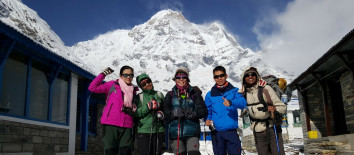
23rd Jan, 2017
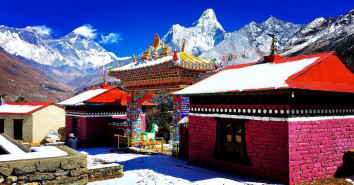
12th Jan, 2014
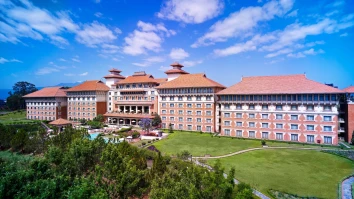
24th Apr, 2017
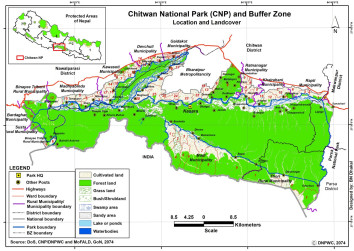
3rd Apr, 2014

3rd Jun, 2017
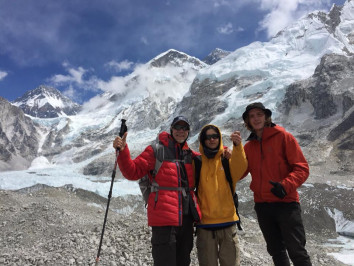
20th Jan, 2017
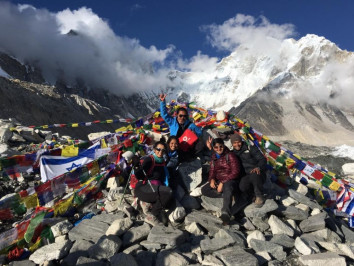
16th Jan, 2017
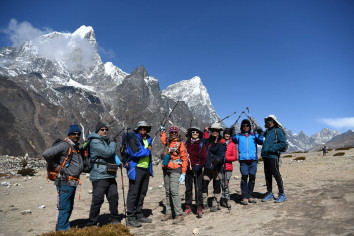
12th Jul, 2015

9th Apr, 2019
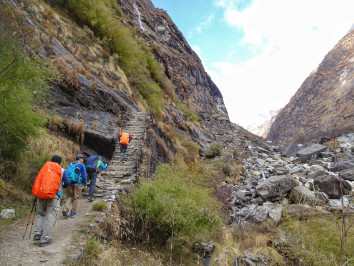
9th Jan, 2014
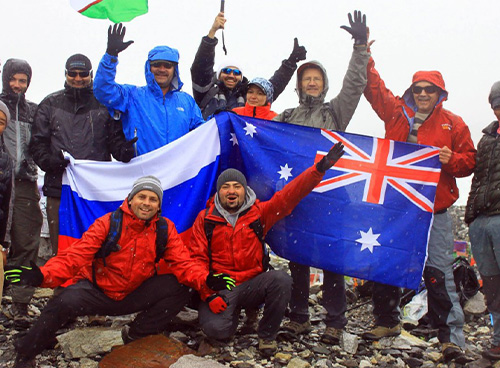
4th Apr, 2019

2nd Jan, 2014

2nd Apr, 2019

2nd Jan, 2014
-1.jpg)
30th Jan, 2017
-1.jpg)
4th Oct, 2018

16th Oct, 2018
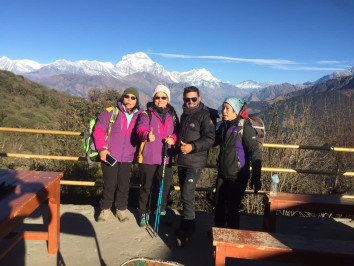
9th Oct, 2018
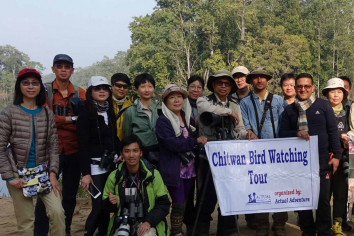
24th Jan, 2016
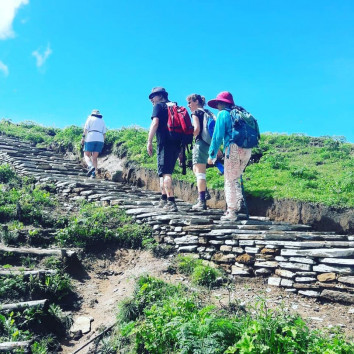
4th Oct, 2018
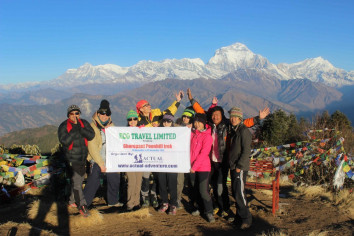
24th Aug, 2022

8th Sep, 2022
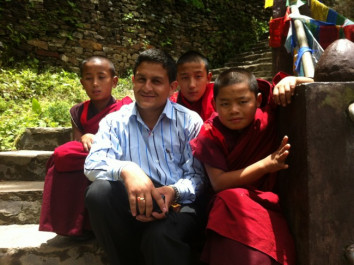
15th Sep, 2022
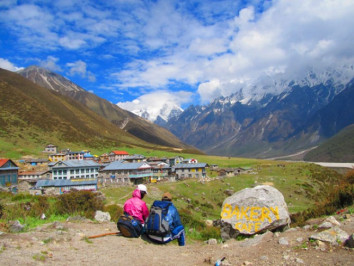
3rd Mar, 2023
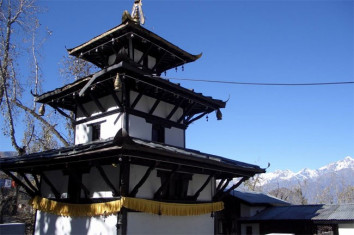
7th Mar, 2023
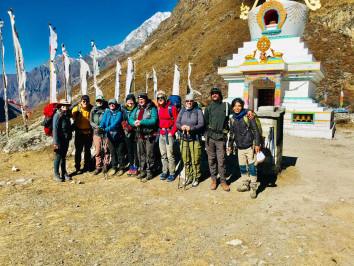
27th Mar, 2023

5th Apr, 2023

12th Apr, 2023
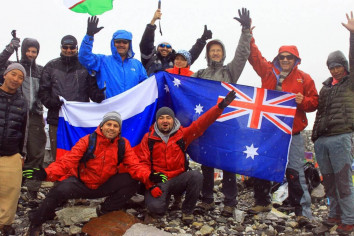
21st Apr, 2023
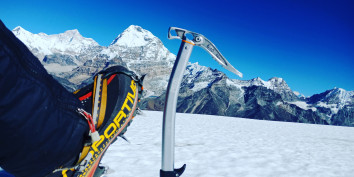
24th Apr, 2023
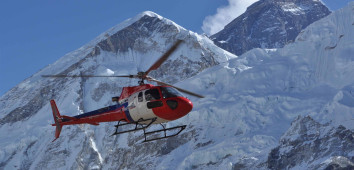
27th Apr, 2023
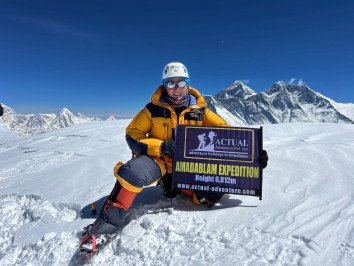
1st May, 2023
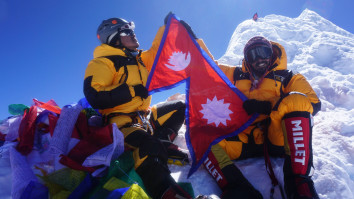
1st May, 2023
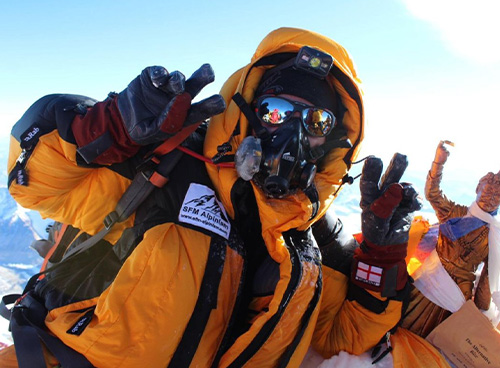
3rd May, 2023
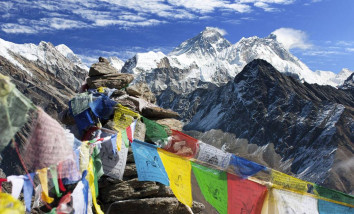
18th May, 2023

19th May, 2023
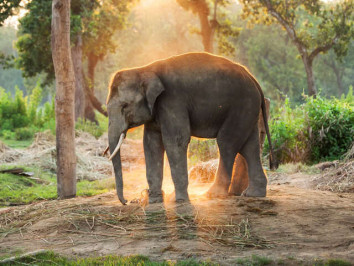
16th Jul, 2023

16th Jul, 2023
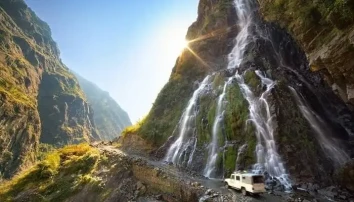
16th Jul, 2023
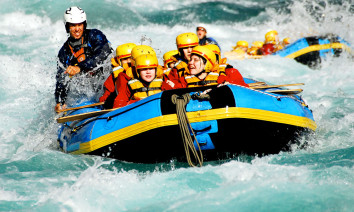
16th Jul, 2023
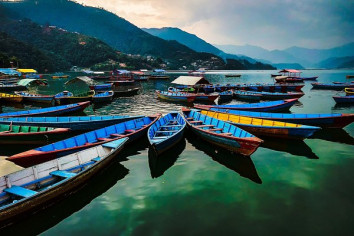
17th Jul, 2023

17th Jul, 2023

17th Jul, 2023
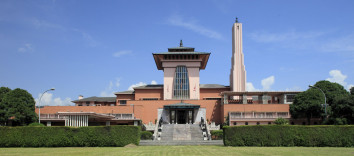
17th Jul, 2023

17th Jul, 2023
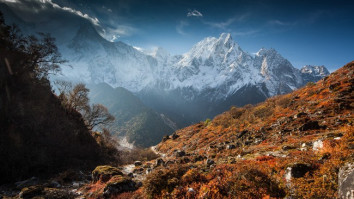
17th Jul, 2023

17th Jul, 2023

20th Jul, 2023
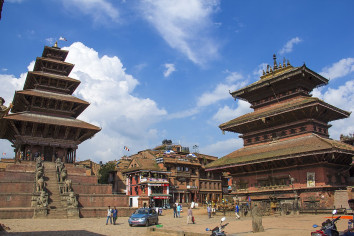
21st Jul, 2023

27th Jul, 2023
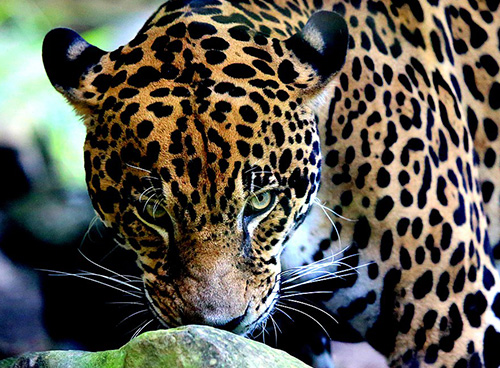
30th Jul, 2023
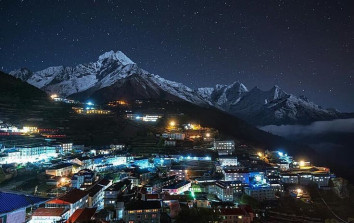
30th Jul, 2023
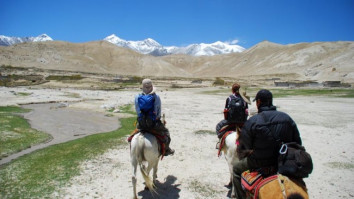
21st Aug, 2023

22nd Aug, 2023
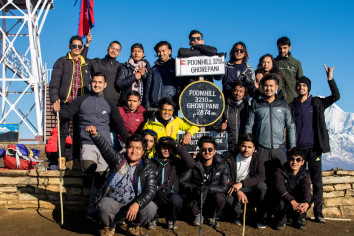
28th Aug, 2023
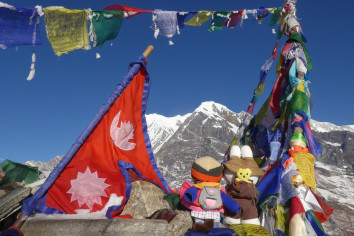
6th Oct, 2023

5th Nov, 2023

7th Nov, 2023

19th Nov, 2023
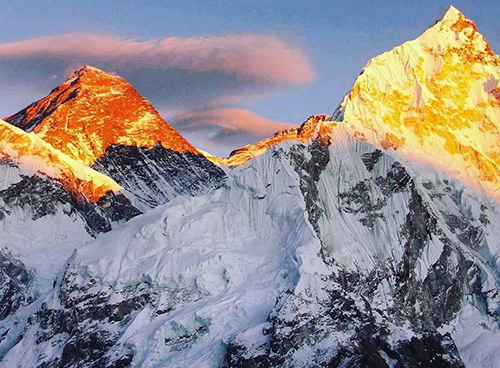
25th Nov, 2023

1st Dec, 2023
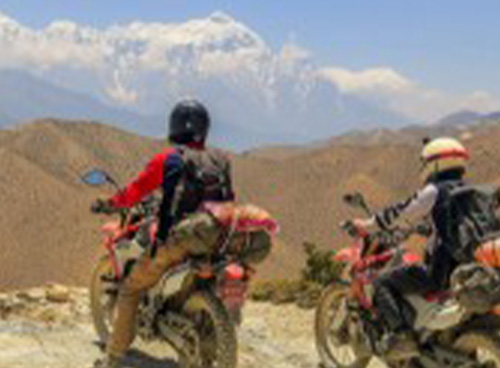
3rd Dec, 2023

13th Dec, 2023
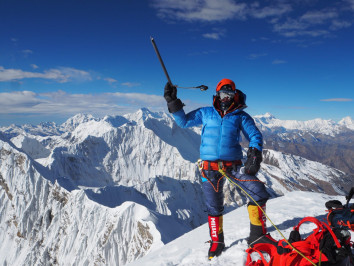
13th Dec, 2023

13th Dec, 2023

21st Dec, 2023
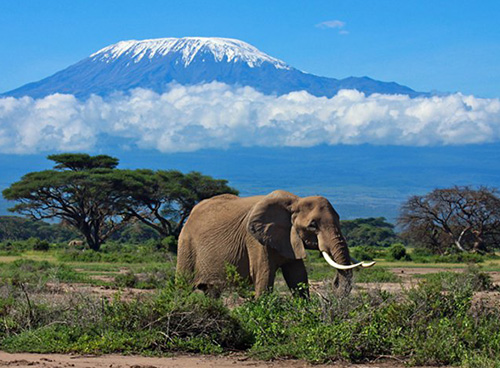
21st Dec, 2023
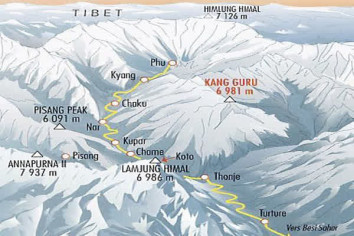
23rd Dec, 2023
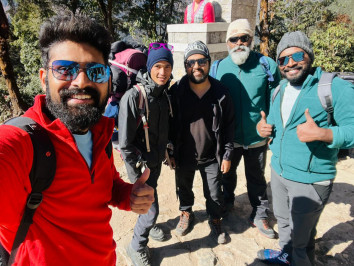
25th Dec, 2023

25th Dec, 2023

31st Dec, 2023
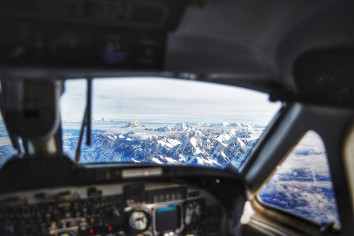
31st Dec, 2023
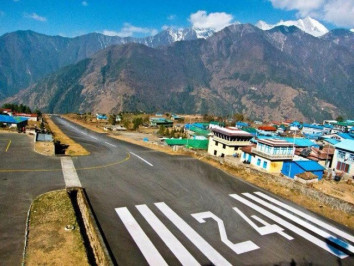
31st Dec, 2023
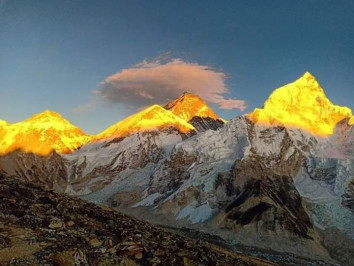
1st Jan, 2024
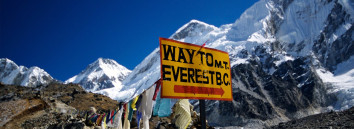
2nd Jan, 2024

2nd Jan, 2024
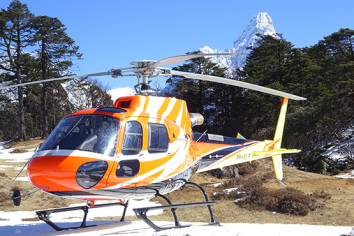
2nd Jan, 2024
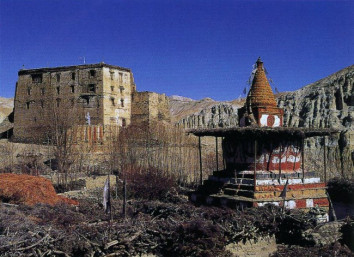
3rd Jan, 2024
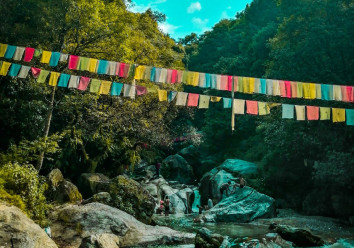
4th Jan, 2024

4th Jan, 2024
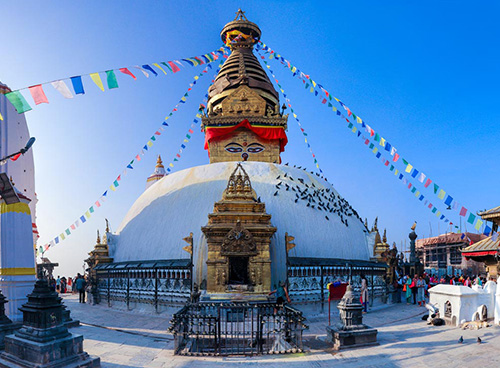
4th Jan, 2024
.jpg)
4th Jan, 2024

4th Jan, 2024
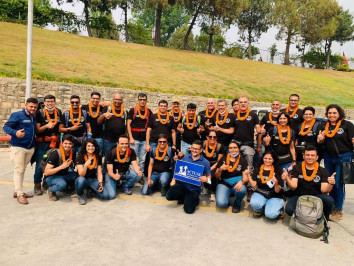
4th Jan, 2024

5th Jan, 2024
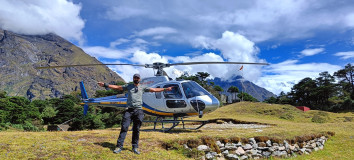
6th Jan, 2024
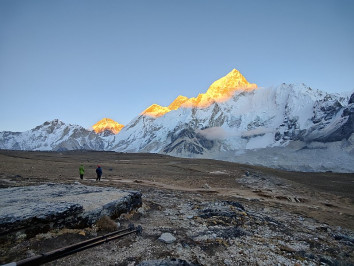
6th Jan, 2024
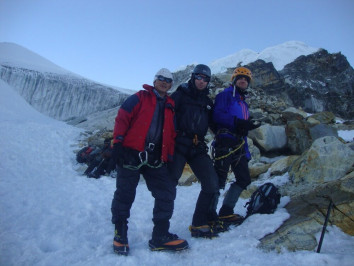
9th Jan, 2024
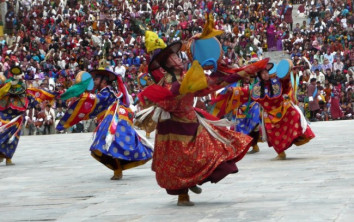
10th Jan, 2024

10th Jan, 2024

10th Jan, 2024
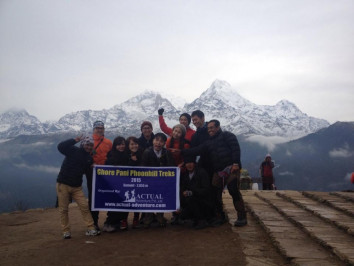
10th Jan, 2024
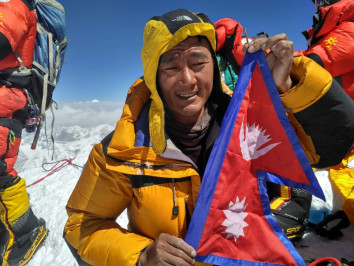
11th Jan, 2024
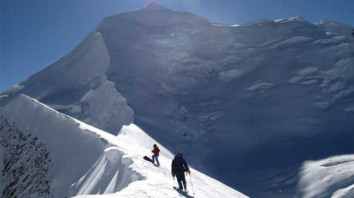
11th Jan, 2024

12th Jan, 2024

12th Jan, 2024
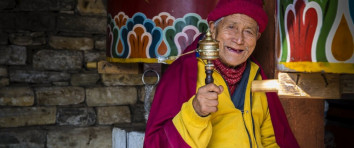
13th Jan, 2024
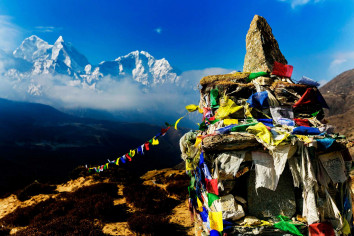
14th Jan, 2024
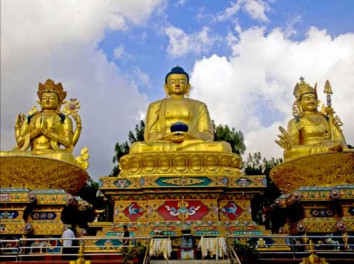
14th Jan, 2024

15th Jan, 2024
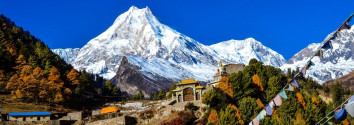
15th Jan, 2024
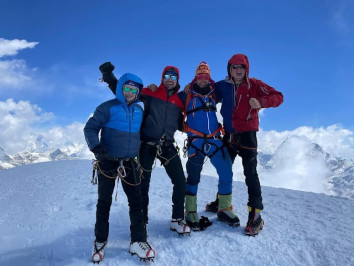
15th Jan, 2024
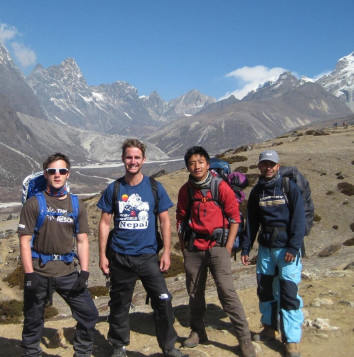
16th Jan, 2024
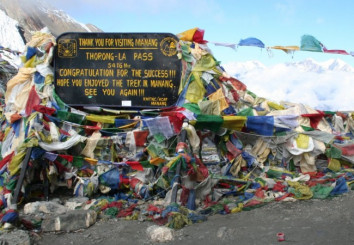
16th Jan, 2024
.jpg)
16th Jan, 2024
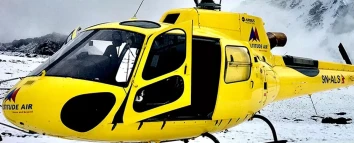
16th Jan, 2024
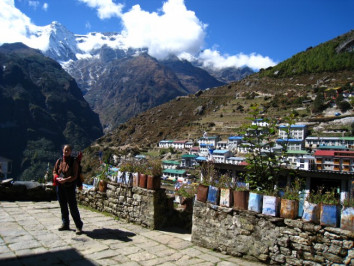
18th Jan, 2024
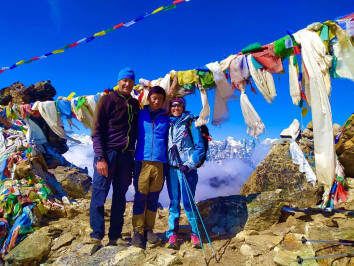
24th Jan, 2024
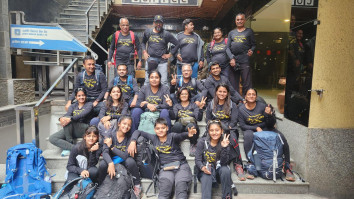
26th Jan, 2024
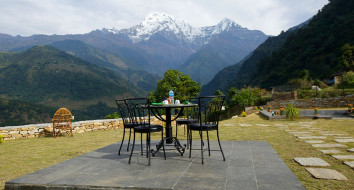
28th Jan, 2024
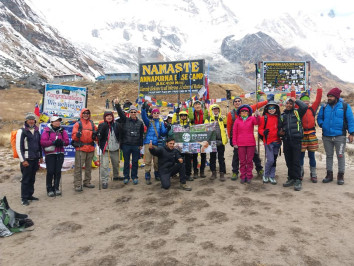
28th Jan, 2024
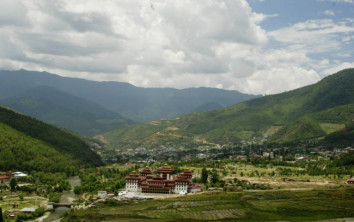
30th Jan, 2024
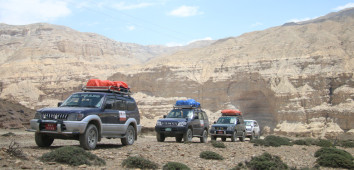
30th Jan, 2024
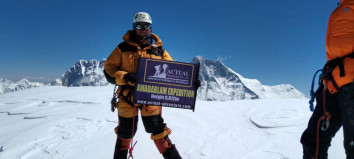
2nd Feb, 2024

2nd Feb, 2024

2nd Feb, 2024
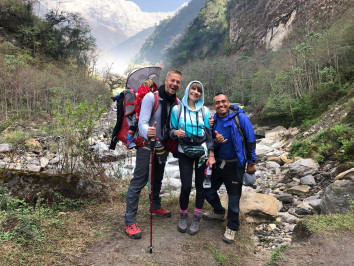
3rd Feb, 2024
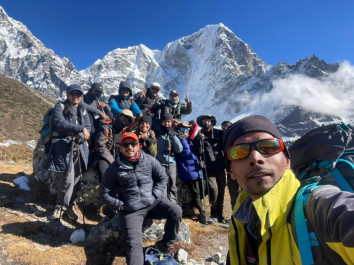
4th Feb, 2024

8th Feb, 2024
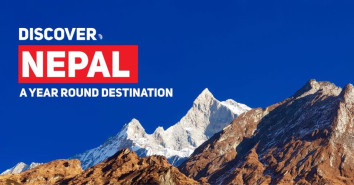
9th Feb, 2024

10th Feb, 2024
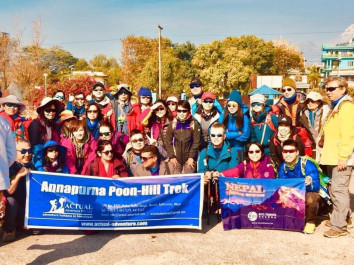
10th Feb, 2024

11th Feb, 2024

12th Feb, 2024

12th Feb, 2024
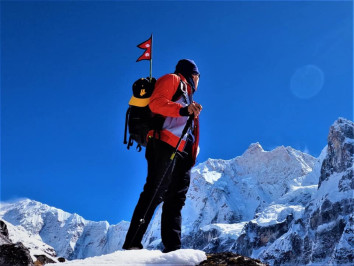
13th Feb, 2024
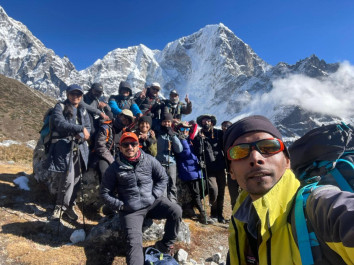
13th Feb, 2024
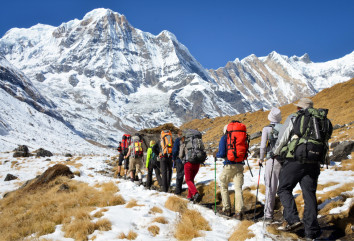
16th Feb, 2024
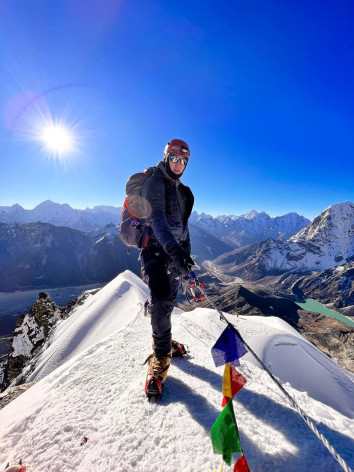
18th Feb, 2024

20th Feb, 2024
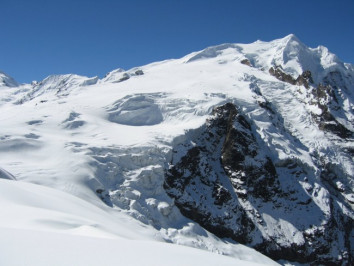
21st Feb, 2024
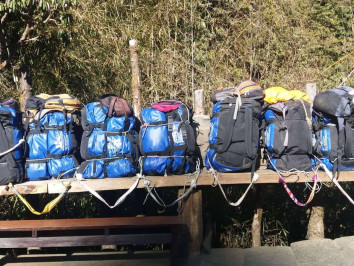
21st Feb, 2024

27th Feb, 2024
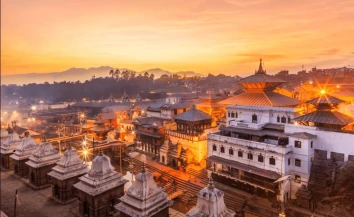
3rd Mar, 2024
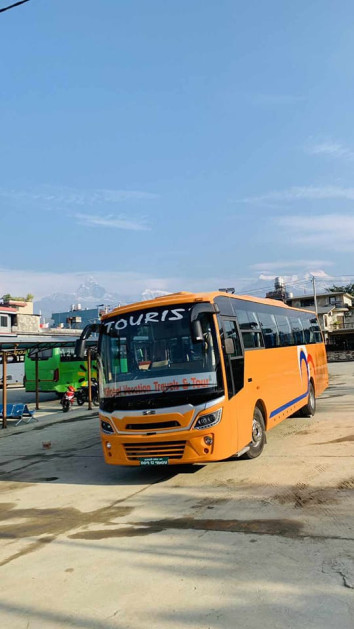
3rd Mar, 2024
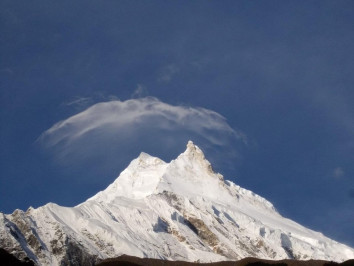
4th Mar, 2024
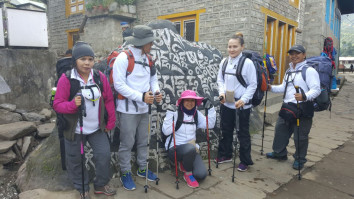
5th Mar, 2024
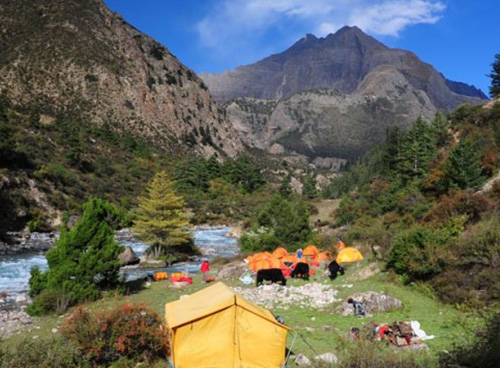
5th Mar, 2024

10th Mar, 2024

10th Mar, 2024

10th Mar, 2024
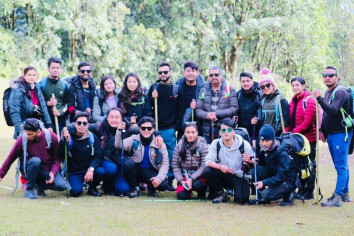
11th Mar, 2024

13th Mar, 2024

13th Mar, 2024
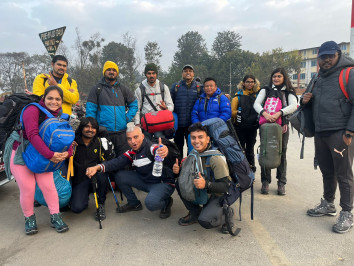
19th Mar, 2024
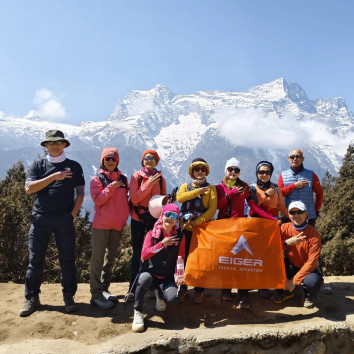
22nd Mar, 2024

26th Mar, 2024
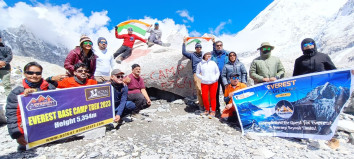
27th Mar, 2024

27th Mar, 2024
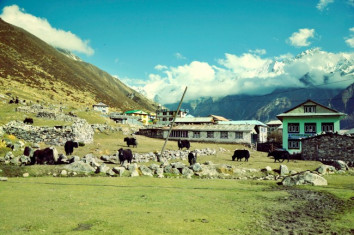
27th Mar, 2024
-1624864292-1.jpg)
28th Mar, 2024
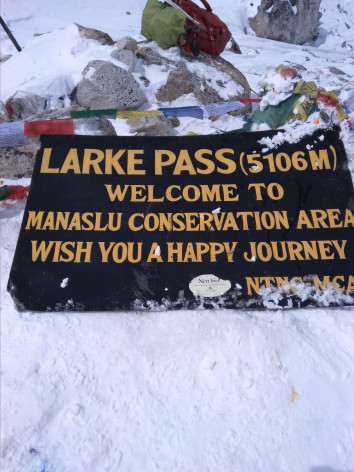
2nd Apr, 2024

2nd Apr, 2024

4th Apr, 2024
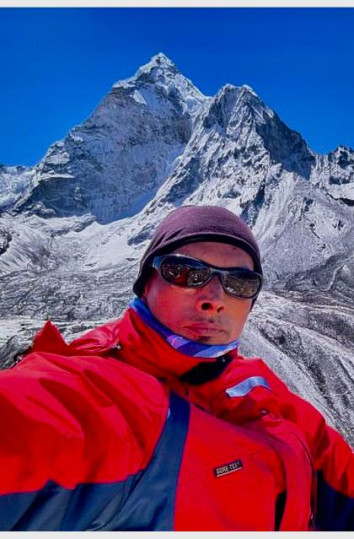
12th Apr, 2024
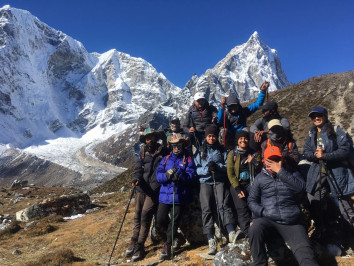


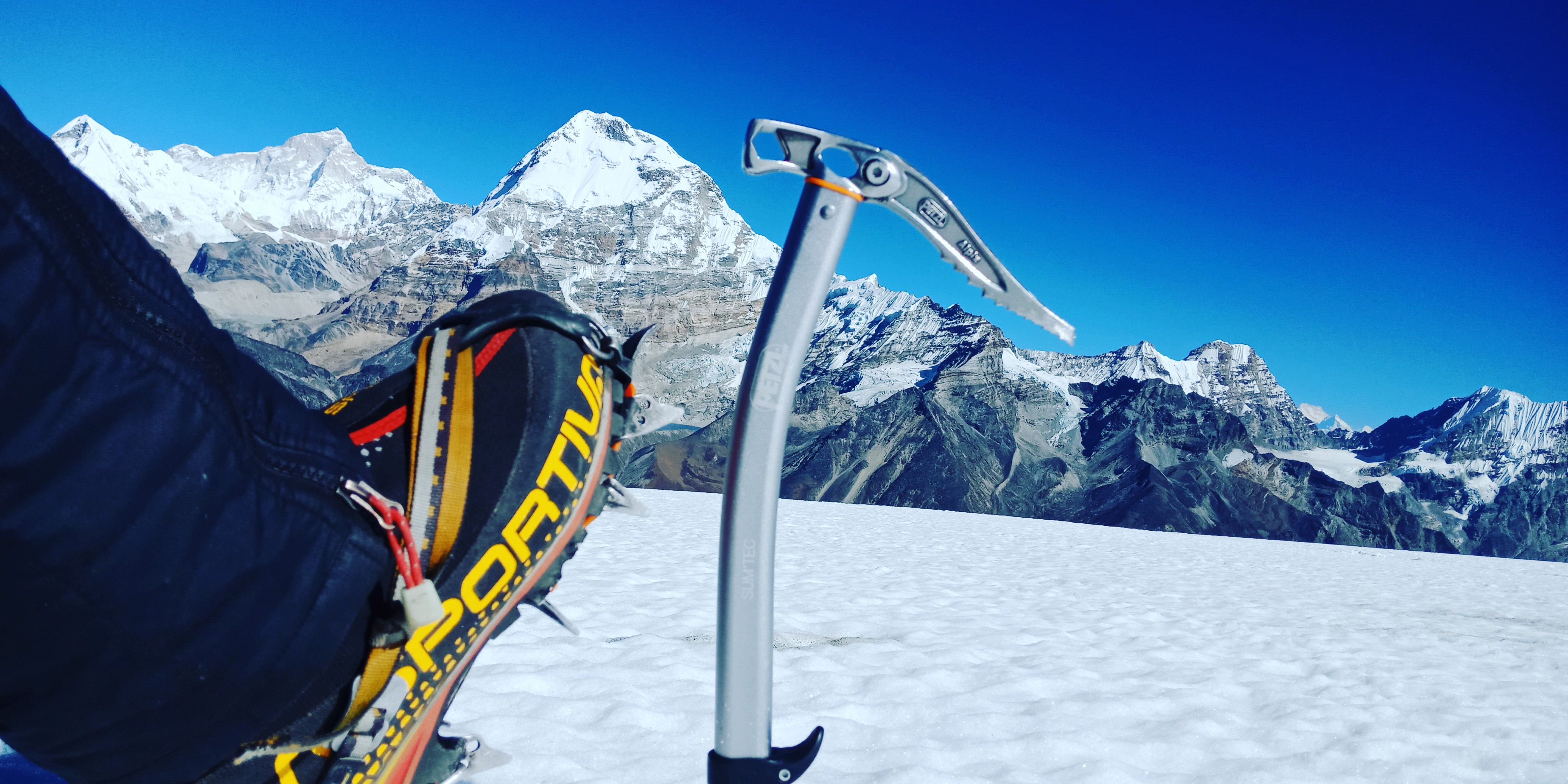

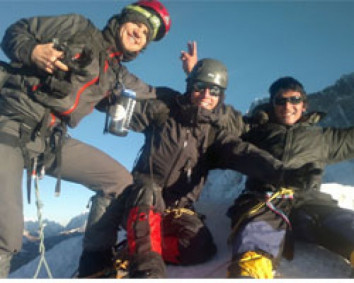
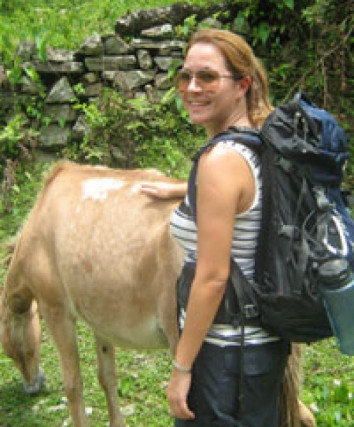
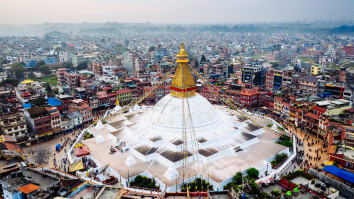

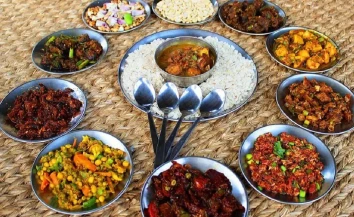
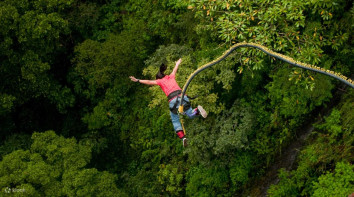
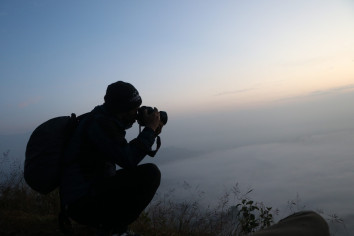
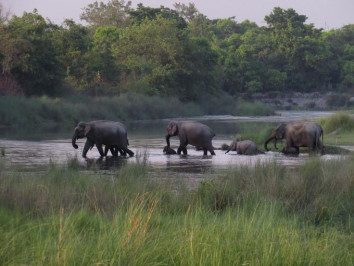
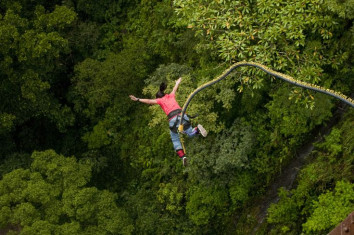
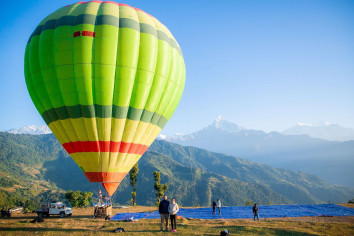


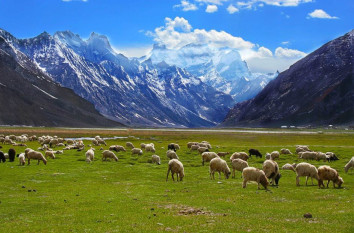



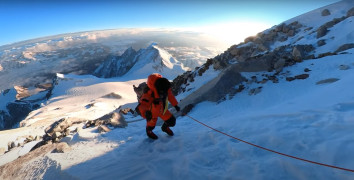
.jpg)

